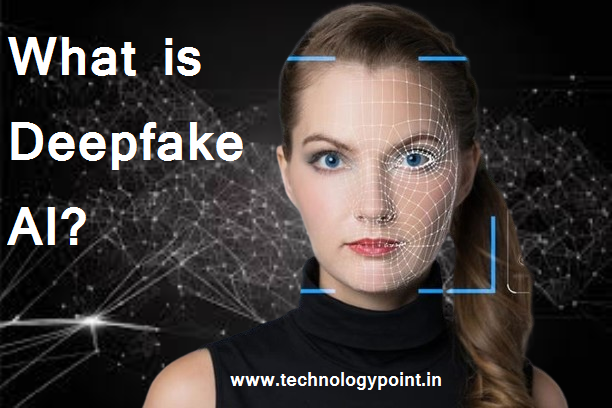What is Deepfake AI? Everything you should know about
Understanding Deepfake AI
What is Deepfake AI?
Deepfake AI is a technology that creates fake videos or images. It uses artificial intelligence (AI) to make people look like they are saying or doing something they never did. This can be very convincing and hard to tell apart from real videos or images.
How Does Deepfake AI Work?
Deepfake AI works by using machine learning algorithms. Here’s a simple breakdown:
- Data Collection: It collects many images or videos of a person.
- Training: It trains a computer model using these images.
- Creation: The model creates new images or videos based on what it learned. It can make the person appear to do or say things they never did.
Is Deepfake Technology Free?
Some deepfake tools are free and easy to find online. Others might cost money or require special software. Free tools can still be powerful, but paid ones often have more features.
The Legal Side of Deepfake AI
Is Deepfake Tech Illegal?
The legality of deepfake technology depends on how it is used. Creating deepfakes for fun, like swapping faces in a movie clip, is usually legal. However, making deepfakes to harm or deceive others is often illegal. This includes:
- Fake news
- Defamation
- Fraud
- Identity theft
Is Deepfake Legal in India?
In India, deepfake technology is not specifically regulated. However, using deepfakes for illegal activities can be punished under other laws. For example:
- Cybercrime laws
- Defamation laws
- Privacy laws
Detecting Deepfakes
What Technology is Used in Deepfake Detection?
Detecting deepfakes is challenging, but several technologies help:
- AI Algorithms: Just like AI can create deepfakes, it can also help detect them. These algorithms look for tiny clues that reveal a fake.
- Watermarking: Some videos have invisible marks that can show if they are real or fake.
- Biometrics: This technology looks at unique human features, like blinking patterns or facial movements, to spot fakes.
How to Prevent or Detect Deepfakes?
Preventing and detecting deepfakes involves several steps:
- Education: Learn about deepfakes and how to spot them.
- Verification: Always check the source of a video or image. If it seems suspicious, it might be fake.
- Tools: Use deepfake detection tools available online. Some popular ones include:
- Deepware Scanner: Scans videos for deepfake content.
- Sensity: Offers deepfake detection services.
- Amber Authenticate: Uses AI to verify the authenticity of videos.
- Legislation: Support and follow laws that regulate the use of deepfakes.
Questions to Consider
Why Are Deepfakes Dangerous?
Deepfakes can be dangerous because they can:
- Spread false information
- Damage reputations
- Cause panic or fear
- Manipulate public opinion
Can Deepfakes Be Used for Good?
Yes, deepfakes can have positive uses, such as:
- Entertainment: Creating fun and engaging content.
- Education: Making realistic simulations for learning.
- Healthcare: Training doctors with realistic scenarios.
What Can You Do to Stay Safe?
To stay safe from deepfakes:
- Stay Informed: Keep up with the latest news about deepfakes.
- Be Skeptical: Don’t believe everything you see online.
- Report: If you find a suspicious video, report it to the platform or authorities.
Conclusion
Deepfake AI is a powerful technology with both positive and negative potential. While it can create realistic and fun content, it can also be used to deceive and harm people. Understanding how deepfakes work and how to detect them is essential. Stay informed, use available tools, and support regulations to prevent misuse. By being aware and cautious, we can enjoy the benefits of AI technology while minimizing the risks.
